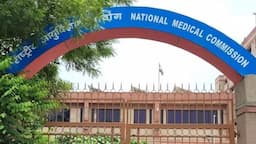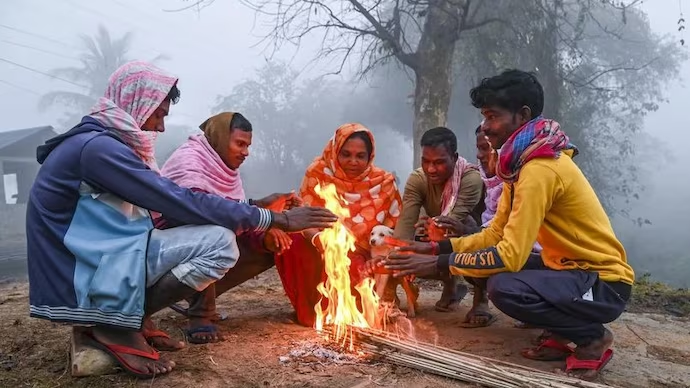The Intergovernmental Negotiating Body (INB), which was established in December 2021, has completed the proposal for a convention, agreement, or other international instrument under the WHO Constitution aimed at enhancing pandemic prevention, preparedness, and response. This proposal will be presented for consideration at the 78th World Health Assembly in May.
Objective of the Treaty

The treaty aims to ensure a coordinated global response to pandemics while enhancing both national and global efforts in:
- Prevention strategies
- Preparedness capabilities
- Health system resilience
- Equitable access to pandemic-related resources
Need for the Treaty
Fragmented Global Response: Countries reacted in isolated and uncoordinated manners, such as closing borders, hoarding supplies, and imposing export bans. The treaty seeks to foster international collaboration and unified policy responses during public health emergencies.
R&D and Technology Gaps: Disparities in research and production capabilities hindered rapid responses, particularly in the Global South. The agreement encourages technology transfer, capacity building, and diverse geographical research and development.
Lack of Timely Information Sharing: Delays in outbreak reporting and insufficient data transparency exacerbated the global spread of the virus.
Disruption in Global Supply Chains: Shortages of essential medical supplies highlighted the vulnerability of global supply chains. The agreement aims to create a robust global logistics and supply mechanism for future emergencies.
Unequal Access to Health Products: During the COVID-19 pandemic, wealthier nations disproportionately secured vaccines and treatments, while low- and middle-income countries faced delays in obtaining diagnostics, vaccines, PPE, and treatments.
Key Provisions of the Draft Treaty
Pathogen Access and Benefit Sharing System: This framework facilitates the sharing of pathogens and ensures fair distribution of vaccines, diagnostics, and treatments derived from them.
Pandemic Prevention via One Health Approach: The treaty promotes integrated surveillance of human, animal, and environmental health.
Technology Transfer and Capacity Building: It encourages the sharing of technology, knowledge, and skills to improve research and development and production across various regions.
Health Workforce Mobilisation: The proposal includes creating a global pool of trained, multidisciplinary professionals for swift pandemic responses.
Coordinated Financial Mechanism: It establishes a fund or mechanism to support preparedness and emergency responses, particularly in lower-income countries.
Resilient Health Systems: The treaty calls for strengthening essential health infrastructure, conducting preparedness drills, and enhancing public health communication systems.
Global Supply Chain and Logistics Network. It aims to create a coordinated system for the uninterrupted supply and distribution of essential health commodities.

Current Frameworks to Address Pandemics
International Health Regulations (IHR) (2005): This legally binding international instrument, coordinated by WHO, requires countries to detect, assess, report, and respond to Public Health Emergencies of International Concern (PHEIC). For instance, COVID-19 was declared a PHEIC under the IHR in January 2020. However, it has limitations, such as lacking enforcement power, allowing countries to delay reporting or disregard WHO recommendations.
Global Outbreak Alert and Response Network (GOARN): This network, consisting of over 250 institutions coordinated by WHO, enables the rapid deployment of experts during outbreaks. It has mobilized teams for responses to Ebola, Zika, and COVID-19.



.webp&w=3840&q=75)









